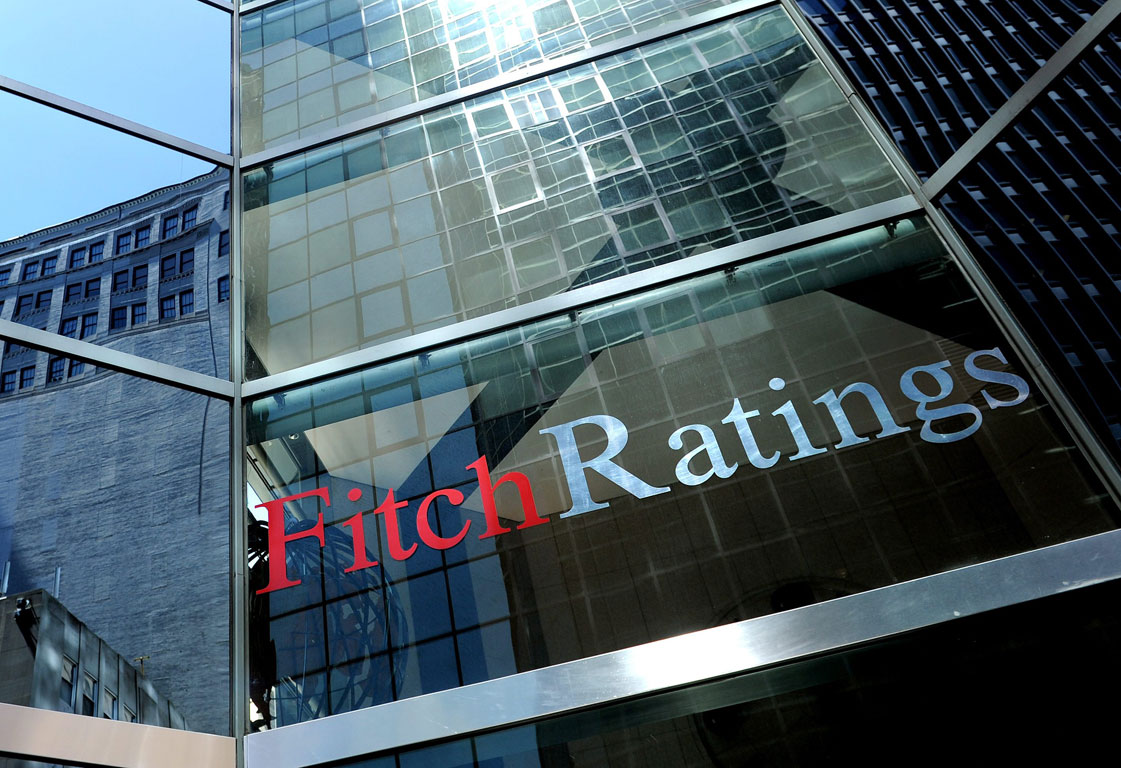June, 7, 2017

Sri Lankan banks are likely to come under increased capital pressure from Basel III-related requirements that take full effect at the start of 2019, Fitch Ratings says. We expect most banks will have to raise capital to meet the higher requirements, particularly if they are pursuing rapid growth.
The sector's capital needs could be exacerbated by deteriorating asset quality following aggressive lending in 2015/2016 to more vulnerable segments, such as retail and SMEs, the effects of the recent floods and weak internal capital generation. Our negative outlook on the Sri Lankan banking sector reflects these pressures, although banks have coped with the deterioration in the operating environment and loan book growth could keep non-performing loan ratios around current levels.
Capitalisation is thin at state banks due to substantial dividend pay-outs. In 2016, the three largest state banks (National Savings Bank, Bank of Ceylon and People's Bank (Sri Lanka)) paid 76% of their profits as dividends. Their capital levels are vulnerable to dividend demands from the state, and continued high pay-outs in the absence of capital infusions could leave them struggling to meet regulatory capital requirements.
Rapid loan growth by the private banks exceeding their rate of internal capital generation has weakened capital ratios. The sector's average Tier 1 capital ratio declined to 11.4% at end-2016 from 13.0% at end-2015, following high loan growth of 21.1% and 17.5% in 2015 and 2016, respectively, despite several contractionary monetary policy measures. The central bank increased policy rates in March 2017 in its latest attempt to curtail credit growth. Some large private listed banks have already announced capital-raising plans to support balance-sheet expansion in the next two years, but it may be challenging for the sector as a whole to raise large amounts given market conditions.
The Central Bank of Sri Lanka issued the new local capital requirements related to the global Basel III regulatory framework in late 2016. Sri Lankan banks will have to maintain common equity Tier 1 (CET1) of at least 7.0% of risk-weighted assets (RWAs), Tier 1 capital of at least 8.5% and total capital (CET1, additional Tier 1 and Tier 2 capital) of at least 12.5% by the start of 2019, compared with 10% under the current regime. Domestic systemically important banks (D-SIBs) will have to hold an additional buffer of 1.5% of RWAs. The central bank has said that banks with more than LKR500 billion of assets will be designated as D-SIBs and six banks meet this criterion.

Pre-2017 Tier 2 capital instruments will be eligible to be included as Tier 2 capital under the new rules, subject to a 20% discount each year. At end-2016, approved Tier 2 capital amounted to LKR132 billion among Fitch-rated banks.
Sri Lankan banks may start issuing Basel III-compliant debt instruments once clarification on the tax treatment of interest from listed debt securities is obtained. The government proposed removing this tax relief in its November 2016 budget, but a final decision has not been made.
The central bank's new rules introduce a 20% risk-weighting for foreign currency lending to the government and a risk-weighting based on loan/values (LTVs) for gold-backed lending (20% for LTVs of 70%-100%; 100% for LTVs over 100%), which will put further pressure on banks' capital positions. Until now, these assets have benefited from zero risk-weightings.